12 Wild Animals in Iran [Wildlife in Iran]
Want to know more about wildlife in Iran?
Discover 12 wild animals in Iran in this post, as well as interesting facts about them. 🇮🇷
Learn All About Iranian Animals
Ready to learn all about Iranian animals?
I’ve always been fascinated by animals, and by how they can be so different from one country to another. In this guide, we’ll focus on the many animals Iran has on the land, in the sky, and underwater.
I’ve split the guide into 6 categories:
- Native animals from Iran
- Endangered animals of Iran
- What is the national animal of Iran?
- How many animals native to Iran?
- Which is the rarest animal found in Iran?
- Are there any lions in Iran?
Let’s dive in right away with our first category!
Native Animals from Iran
Iran, formally known as the Islamic Republic of Iran, is an Asian country located in the western part of the continent, close to the Middle East. It is home to one of the world’s oldest civilizations, and it was conquered by Alexander the Great in the 4th century BC. It is bordered by Iraq, Turkey, Armenia, Afghanistan, Azerbaijan, Turkmenistan, and Pakistan, and its capital and largest city is Tehran, which counts more than 12,893,000 inhabitants (but more than 16,000,000 if you include the metropolitan area).
An interesting part of the country that I wanted to tackle is its wildlife. In light of that, I have listed the best of it, and I hope you will love learning what animals live in Iran.
Here’s the Iran animals list.
1. Caspian seal
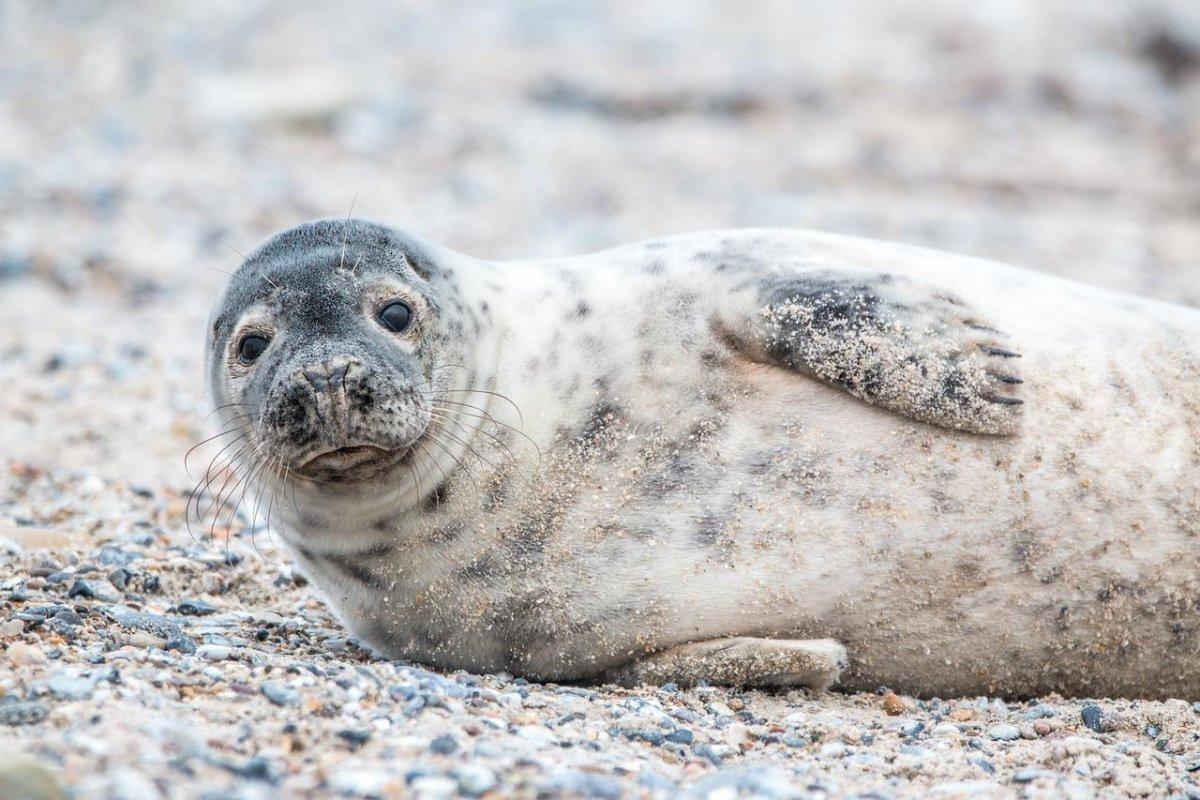
- Name: Caspian seal
- Scientific name: Pusa caspica
- Conservation status:
The Caspian seal is one of the smallest species of seal, and it is endemic to the Caspian Sea. Outside of shorelines, it lives on rocky islands and floating blocks of ice. In the winter, it can be found in the northern parts of the sea, while it migrates to the mouths of the Ural and Volga rivers when the ice melts during the summer.
This seal mostly feeds on a wide variety of fish, depending on availability and season.
2. Siberian crane
- Name: Siberian crane
- Scientific name: Leucogeranus leucogeranus
- Conservation status:
The Siberian crane, also known as the Siberian white crane or the snow crane, is a species of crane native to western, eastern, and northern Asia, in small areas.
It is very easy to distinguish from other crane species, as it is completely white. It makes the longest distance migrations of all cranes, moving from southern Asia to northern Siberia. There are about 3,200 birds left in the wild, the vast majority of them living in the eastern parts of the continent.
3. Steppe wolf
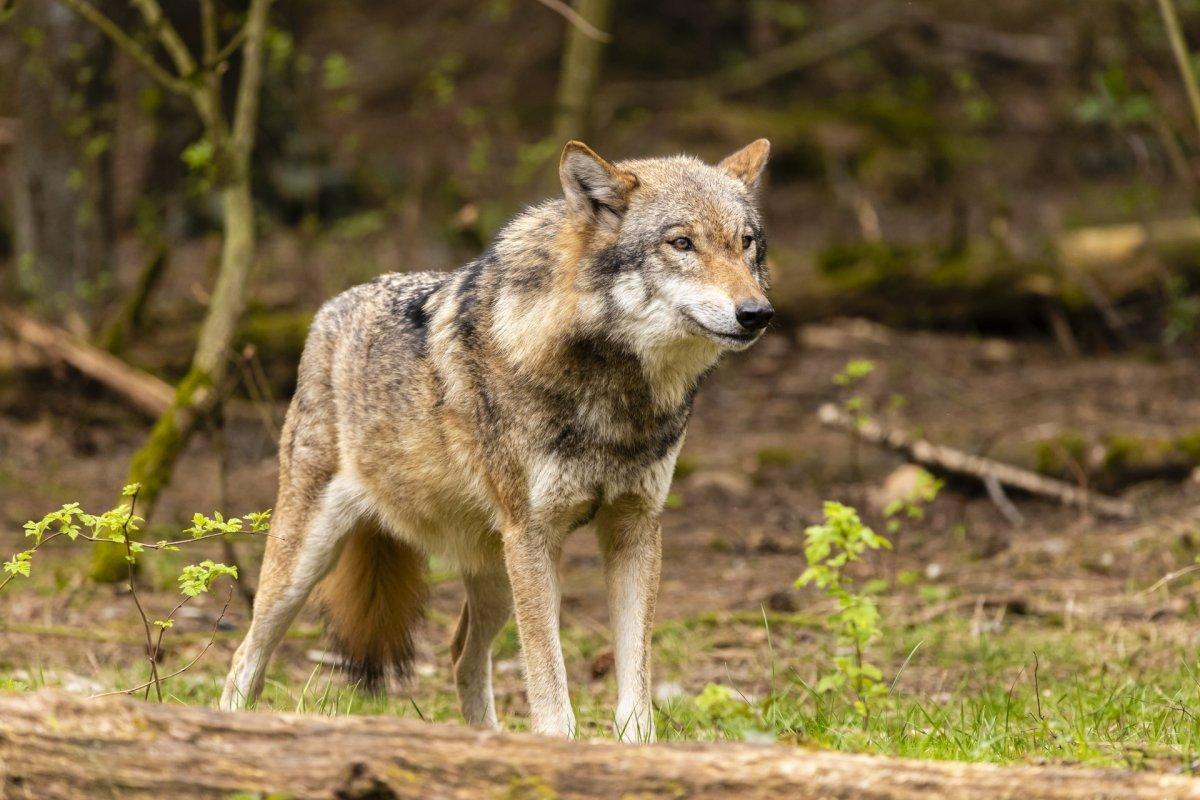
- Name: Steppe wolf
- Scientific name: Canis lupus campestris
- Conservation status:
The steppe wolf, also known as the Caspian Sea wolf, is a subspecies of the gray wolf native to the Caspian steppes, the Caucasus, the lower Volga region, and the steppe regions of eastern Europe.
It gave its name to the famous novel “der Steppenwolf”, and it can carry rabies: because of this, local inhabitants need to be particularly wary, and reliable vaccination is recommended. Steppe wolves are the main predators of the Caspian seals, and they sometimes excessively kill them.
4. Persian fallow deer
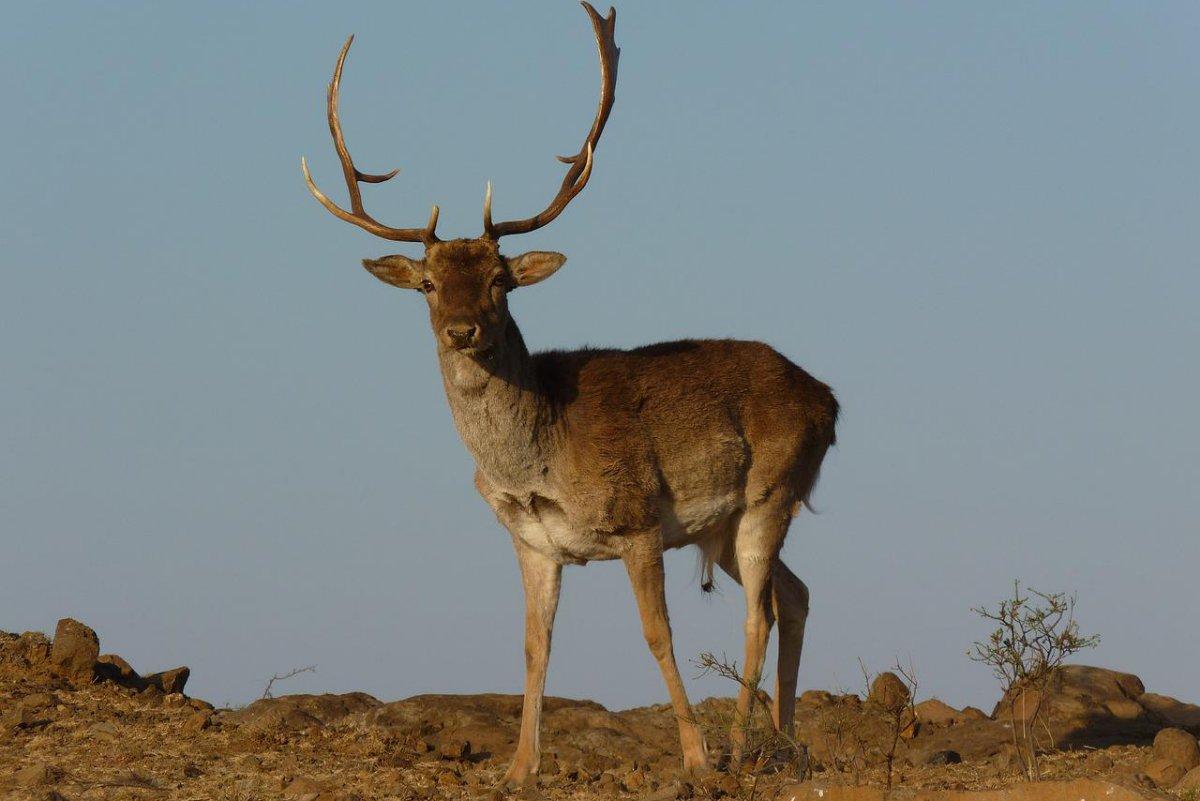
- Name: Persian fallow deer
- Scientific name: Dama mesopotamica
- Conservation status:
The Persian fallow deer is a species of deer native to all of the Middle East, but that can now only be found in Israel and Iran. While there were only a handful of deers left during the 1960s, a captive breeding program helped preserve the species, and there are now more than a thousand of them.
This fallow deer usually lives in woodlands, and its natural predator is the gray wolf. It is a grazing herbivore that also feeds on nuts and leaves.
5. Long-legged buzzard
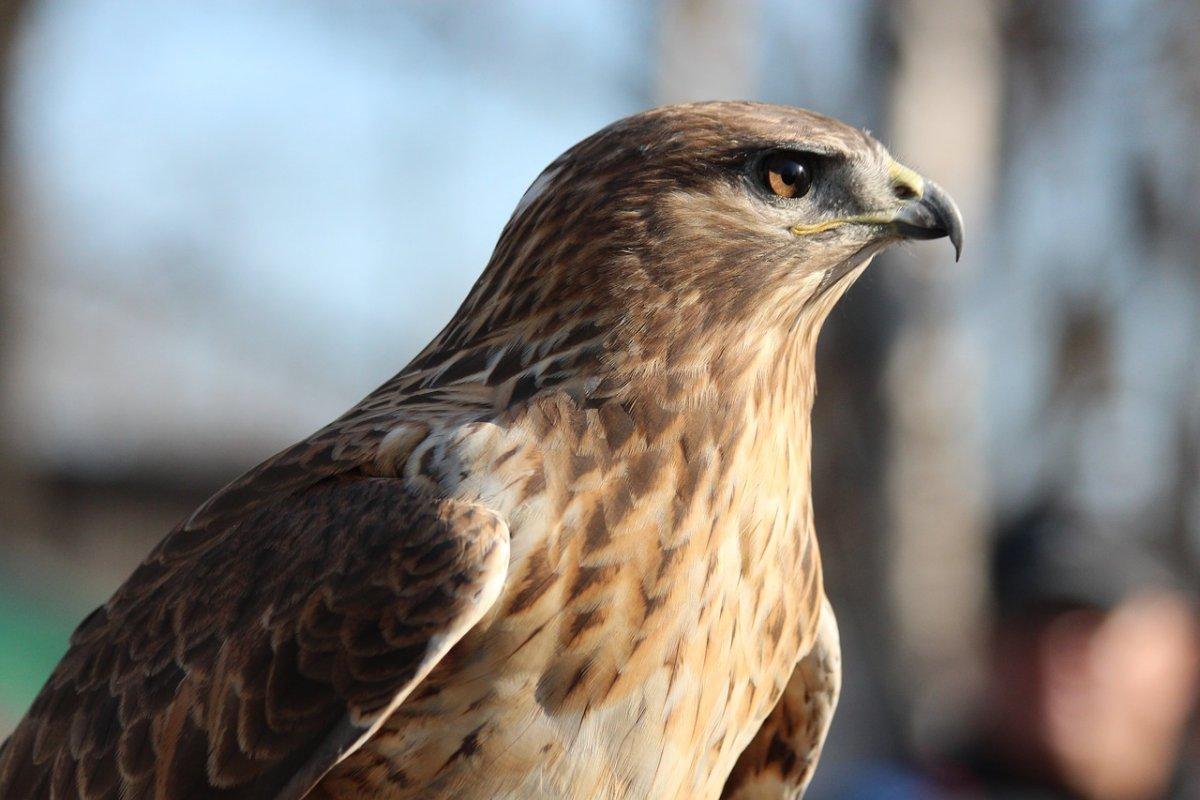
- Name: Long-legged buzzard
- Scientific name: Buteo rufinus
- Conservation status:
The long-legged buzzard is a species of bird of prey native to several areas of Eurasia and Africa. It is a powerful bird that mostly feeds on small mammals such as rodents, but also reptiles, insects, and carrion.
While it lives in a wide variety of habitats, it always nests on cliffs, rocks, and trees. With a wide distribution and a stable population, it is considered of least concern for now.
6. Syrian brown bear
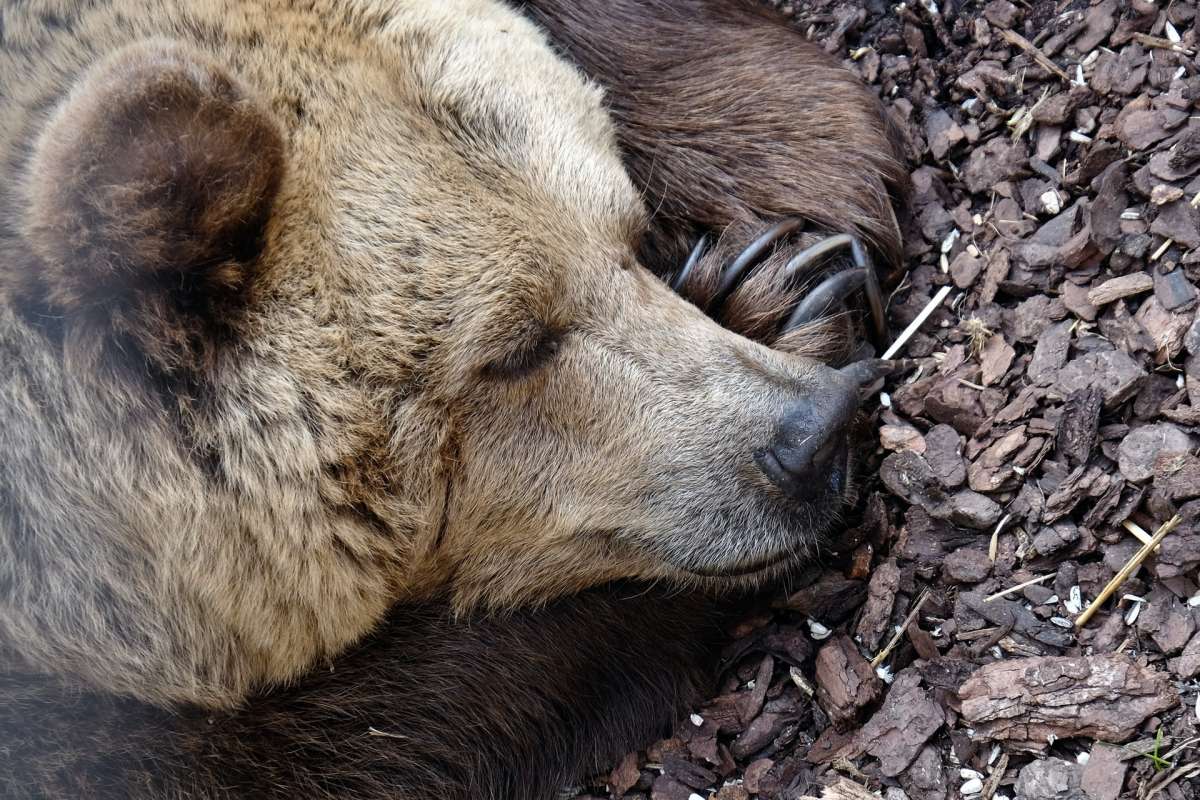
- Name: Syrian brown bear
- Scientific name: Ursus arctos syriacus
- Conservation status:
The Syrian brown bear is a subspecies of the brown bear native to the Caucasus mountain range and the Middle East. It is relatively small for a bear, and it only survives in Iran, Turkey, and Iraq, but used to have a much larger range; it is extirpated in Israel and Jordan for instance.
The biggest threats this bear species has to face are deforestation, persecution after attacking livestock and beehives, and habitat degradation.
7. Hawksbill sea turtle
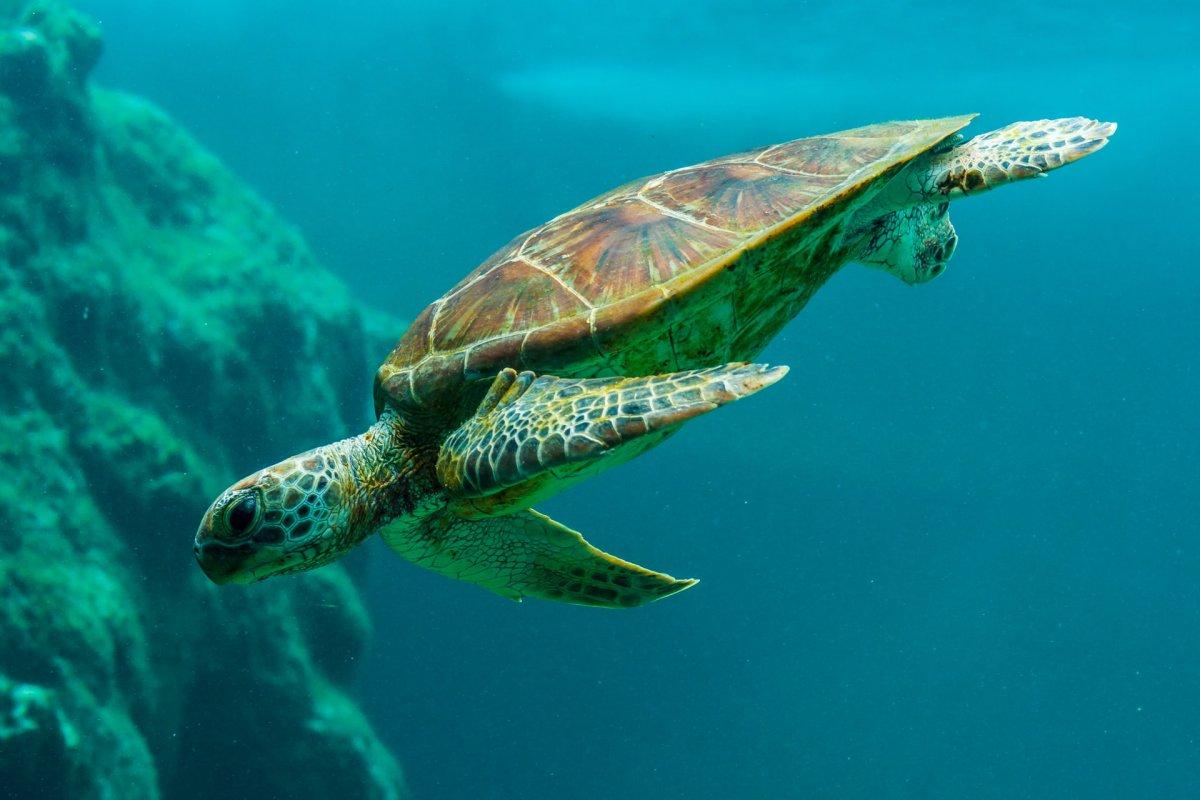
- Name: Hawksbill sea turtle
- Scientific name: Eretmochelys imbricata
- Conservation status:
The hawksbill sea turtle is a species of sea turtle native to all oceans of the world. It prefers shallow lagoons and coral reefs but also spends part of its time in the open ocean, usually in temperate, subtropical, and tropical waters: while it lives most of the year in more temperate areas, it is famous for nesting on sandy beaches in the Caribbeans and Africa.
This turtle species is critically endangered due to pollution and overhunting for decorative purposes.
8. Caspian cobra
- Name: Caspian cobra
- Scientific name: Naja oxiana
- Conservation status:
The Caspian cobra, also known as the ladle snake, the Oxus cobra, the Central Asian cobra, or the Russian cobra, is a species of venomous snake endemic to Central Asia.
This snake is medium-sized and can expand its cervical ribs to form a characteristic hood. It is quite frightening, as it is the most venomous species of cobra in the world, and the most dangerous snake in all of Central Asia: its bite has a high mortality rate, and critical symptoms appear after only 15 minutes.
9. Latifi’s viper
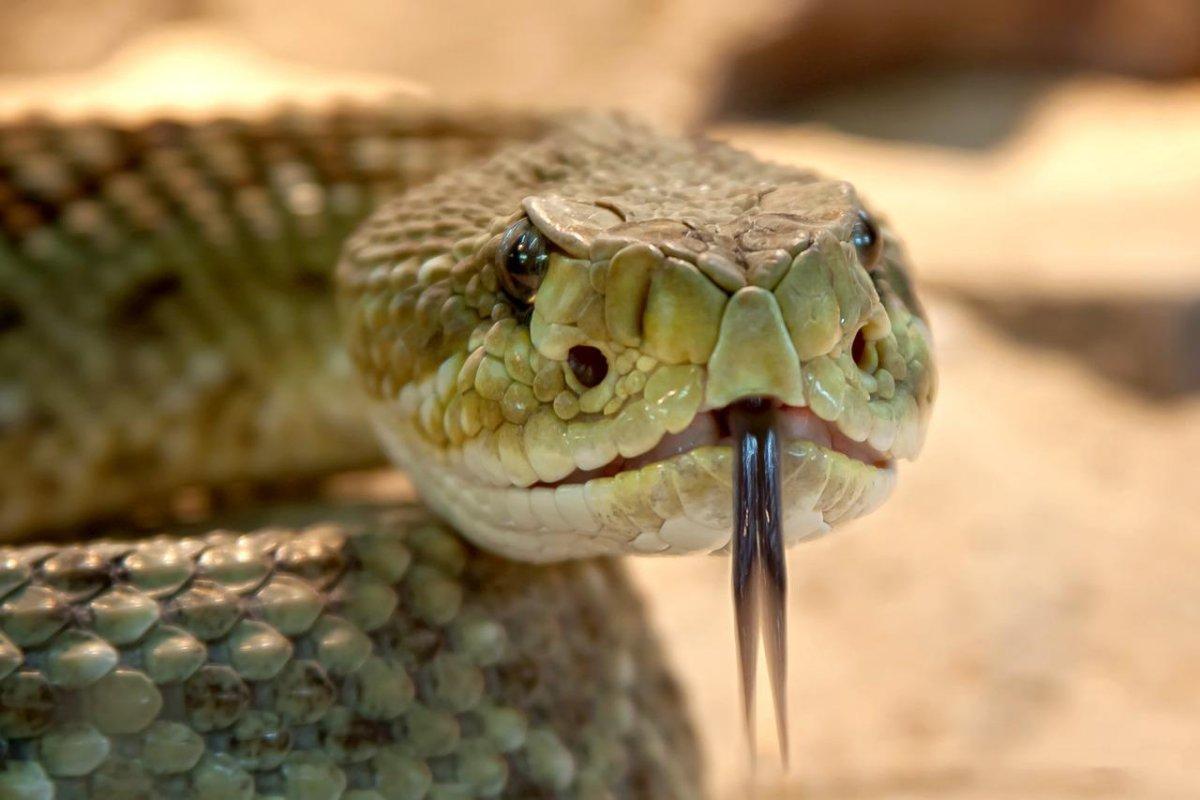
- Name: Latifi’s viper
- Scientific name: Montivipera latifii
- Conservation status:
The Latifi’s viper, also known as the Lar valley viper or the Iranian valley viper is a species of venomous snake endemic to Iran. As its name suggests, it can be found in the upper Lar Valley, the Alborz Mountains.
This viper species is considered endangered due to its small, scattered populations. A continuous decline is observed in the area, and this has been the case since 1996.
10. Dugong
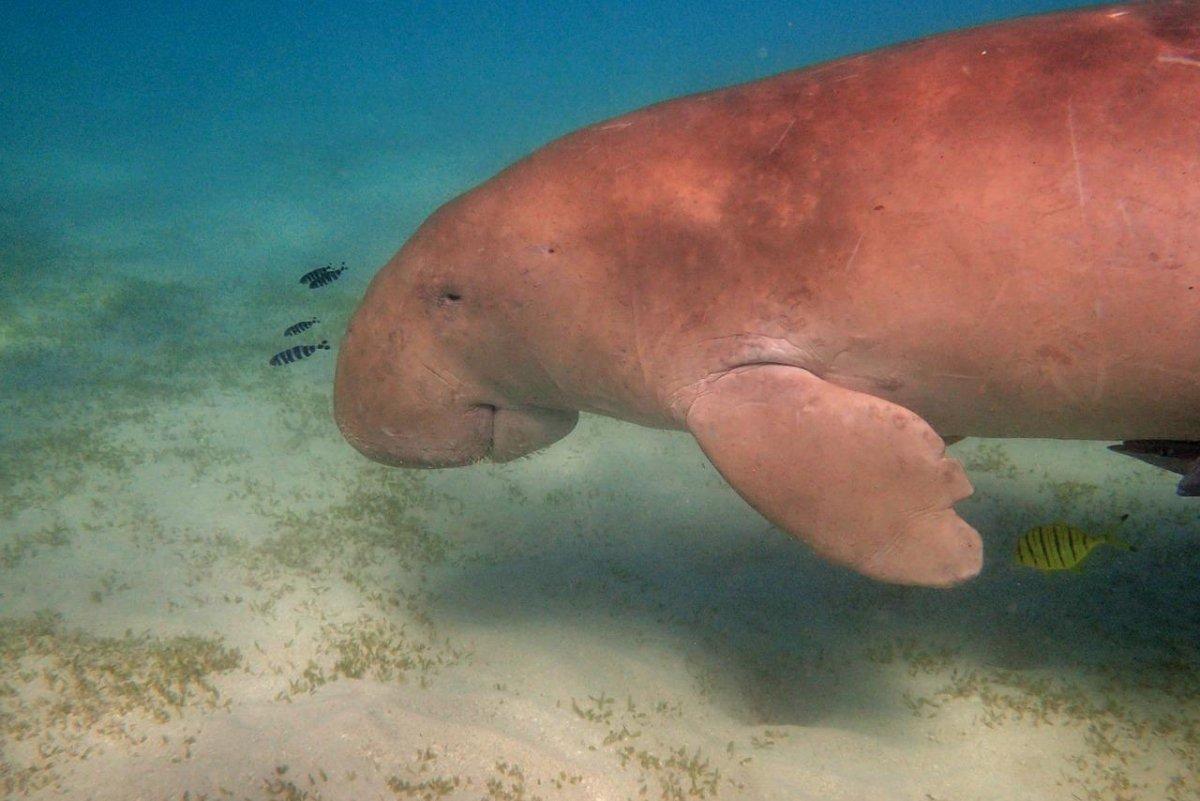
- Name: Dugong
- Scientific name: Dugong dugon
- Conservation status:
The dugong is a unique species of marine mammal from the same order as three species of manatees. Since its closest relative, Steller’s sea cow was hunted to extinction during the 18th century, it is the only living representative of the dugong family.
This animal has been hunted for thousands of years for both its oil and meat, and traditional hunting still holds important significance in the Pacific Islands. Many of the dugong’s populations are threatened with extinction, and this species is, on the whole, vulnerable.
11. Long-eared hedgehog
- Name: Long-eared hedgehog
- Scientific name: Hemiechinus auritus
- Conservation status:
The long-eared hedgehog is a species of hedgehog native to Central Asia and the Middle East. It lives in burrows that it creates itself or finds, and is one of the smallest hedgehogs in the Middle East.
While some people keep this hedgehog as a pet, they need to be extremely careful: not only is the long-eared hedgehog particularly prone to parasites, but it can also carry very hazardous diseases such as the plague!
12. Asian black bear
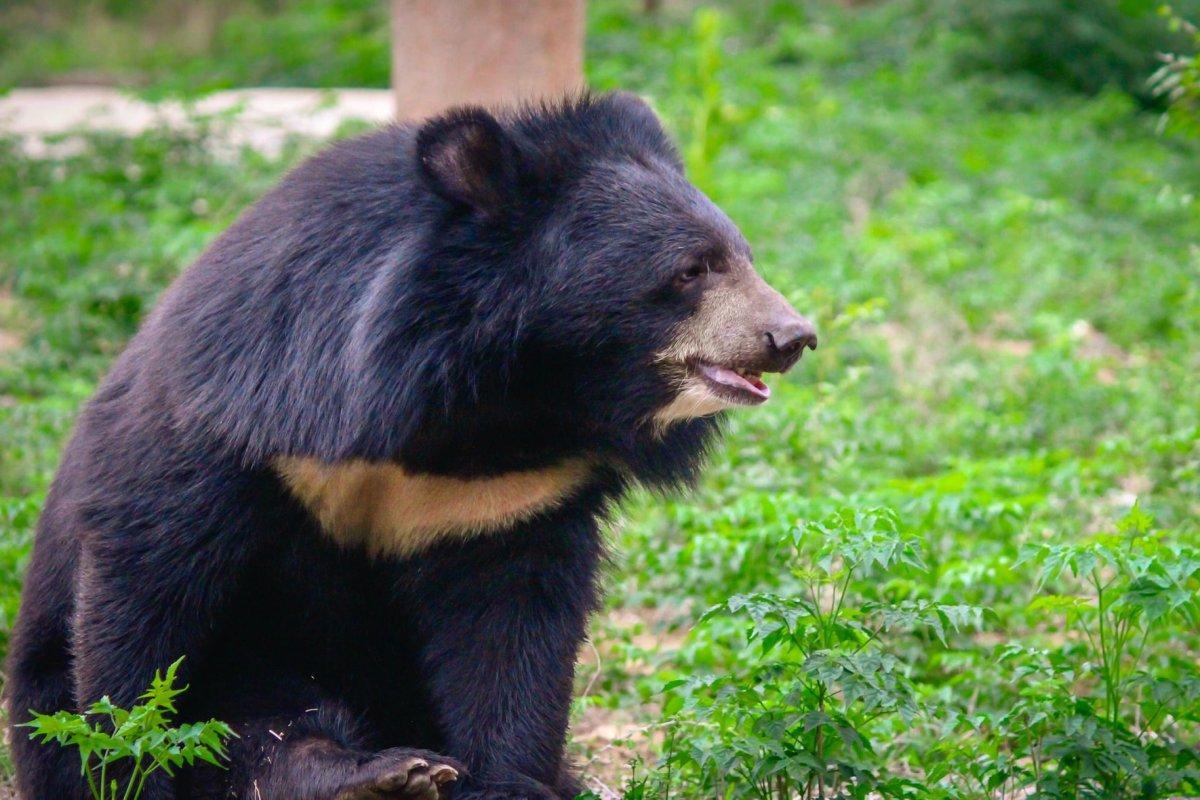
- Name: Asian black bear
- Scientific name: Ursus thibetanus
- Conservation status:
The Asian black bear, also known as the moon bear, the white-chested bear, or the Asiatic black bear, is a medium-sized species of bear native to Asia. It is one of the most arboreal mammals in the world, as it spends about half its life in trees; unless it is too old, or too heavy to climb, it hides in the branches and, believe it or not, creates itself a nest of branches to rest onto!
—
So there you have them, these were my 12 animals of the Iranian wildlife. I hope you enjoyed this list and that you learned something new today.
In case you want to learn more about animals in the country, feel free to keep reading, as I still have lots of things to tell you about:
Endangered Animals of Iran
This is definitely the saddest part of the list, but it is very important to raise awareness. Because of this, let’s go through the list of endangered animals in Iran.
Here are the animals in danger of extinction in Iran.
- Inconnu (Stenodus leucichtys)
- Halavi guitarfish
- Sand tiger shark
- Beluga
- Hawksbill turtle
- Scalloped hammerhead
- and 22 more…
- Euphrates softshell turtle
- Gray reef shark
- Tiger
- Caspian seal
- Steppe eagle
- and 43 more…
To see the full list of endangered species in Iran, head over to the International Union for Conservation of Nature’s Red List.
What is the National Animal of Iran?
The national animals of Iran are the Asiatic lion, the Asiatic cheetah, and the Persian leopard. Because yes, Iran has multiple national symbols!
The Asiatic lion is a subspecies of the northern lion surviving only in India. It has long been an important part of local culture, giving its name to the Iraqi national football team (the Lions of Mesopotamia) and the symbol of the Persian people.
The Asiatic cheetah is a subspecies of the cheetah; it is critically endangered, and only 12 individuals remain in Iran, 9 of which are males, and 3 females.
Finally, the Persian leopard is the third and last wild cat that symbolizes Iran and that is endangered. Fewer than 1,000 mature individuals remain in the wild, and it has been represented on statues, ivory works, coins, and potteries since at least the 6th century BC.
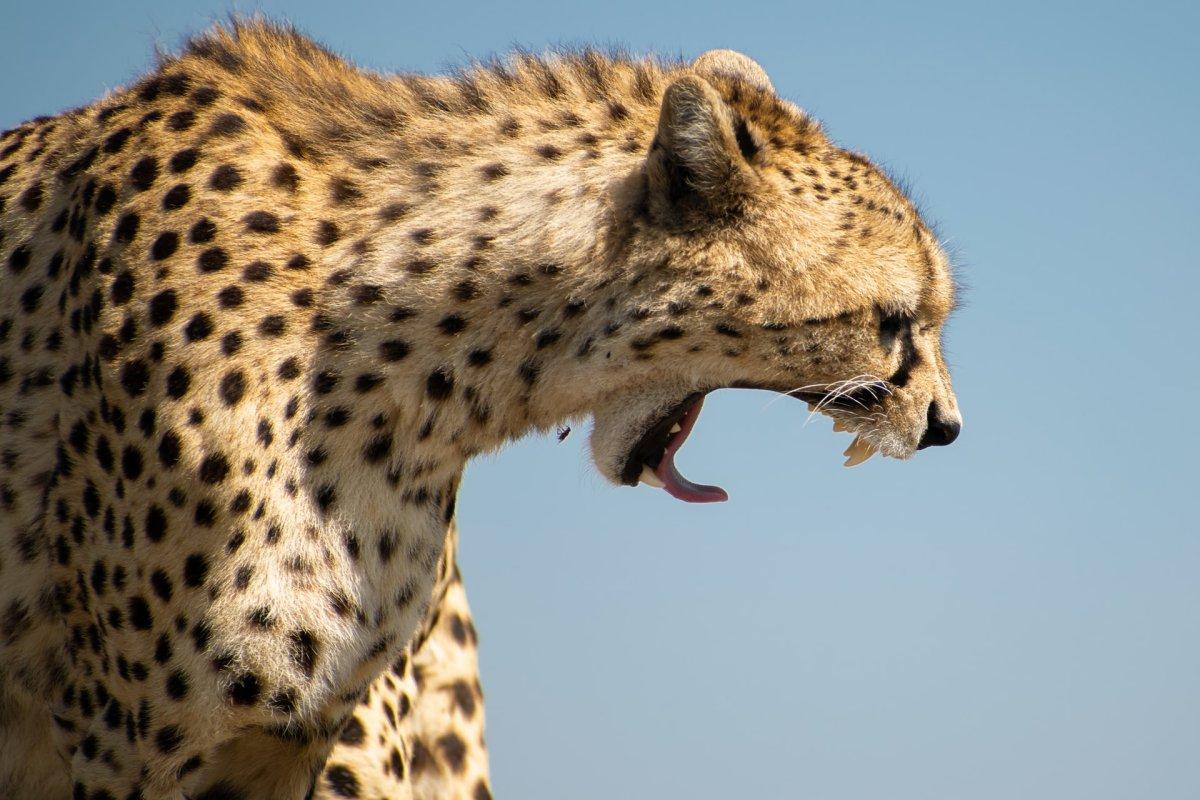
How Many Animals Native to Iran?
What is the diversity of native animals in Iran?
Let’s look at the total number of species of Chordata (mammals, birds, fishes, and reptiles).
Total number of animal species in Iran: 1,917 (5,029 in total in West and Central Asia)
Which is the rarest animal found in Iran?
The rarest animal in Iran has to be the Asiatic cheetah, one of the country’s national animals: only 12 individuals remain, and while this species used to be found in a wide range from the Arabian Peninsula to India, it was extirpated from most of them throughout the 20th century.
Thanks to the fact that it is living within protected areas, it can survive for now. However, any killing from now on could be the demise of this majestic wild cat.
Are there any lions in Iran?
The Asiatic lion disappeared from Iran about 80 years ago. However, it has finally returned to the country’s zoos.
This species of the lion used to live in the southern part of Iran and was smaller than its African counterpart. It was carried by kings of old times, on their garments and thrones, but the lions are nowadays extinct in the wild in Iran.
More About Animals in the World!
Loved these facts about the wildlife of Iran? Want to see what animals live in other countries?
Then check out these posts:
Or click here to see ALL the facts up on the blog! Spoiler alert: there’s A LOT of them.
Share the knowledge! Click on the buttons below to share information about these native Iranian animals with your friends, and help them learn more about the world 🙂
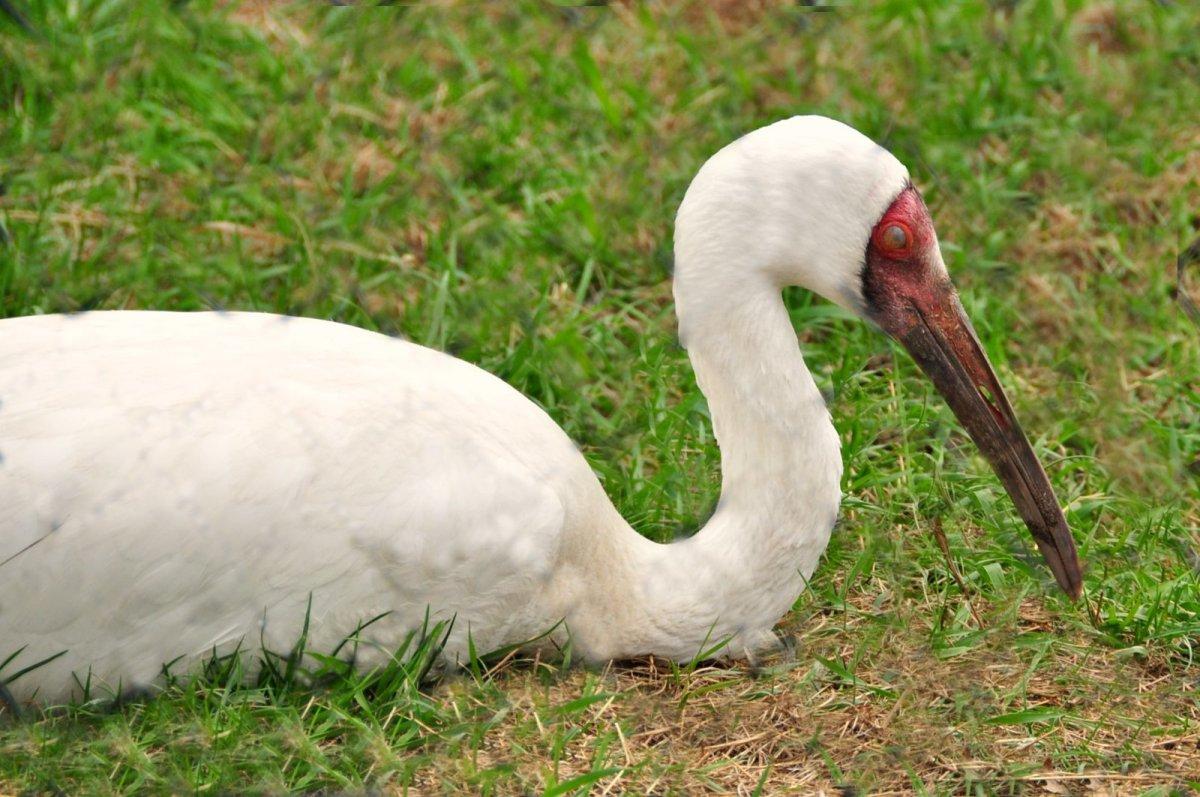
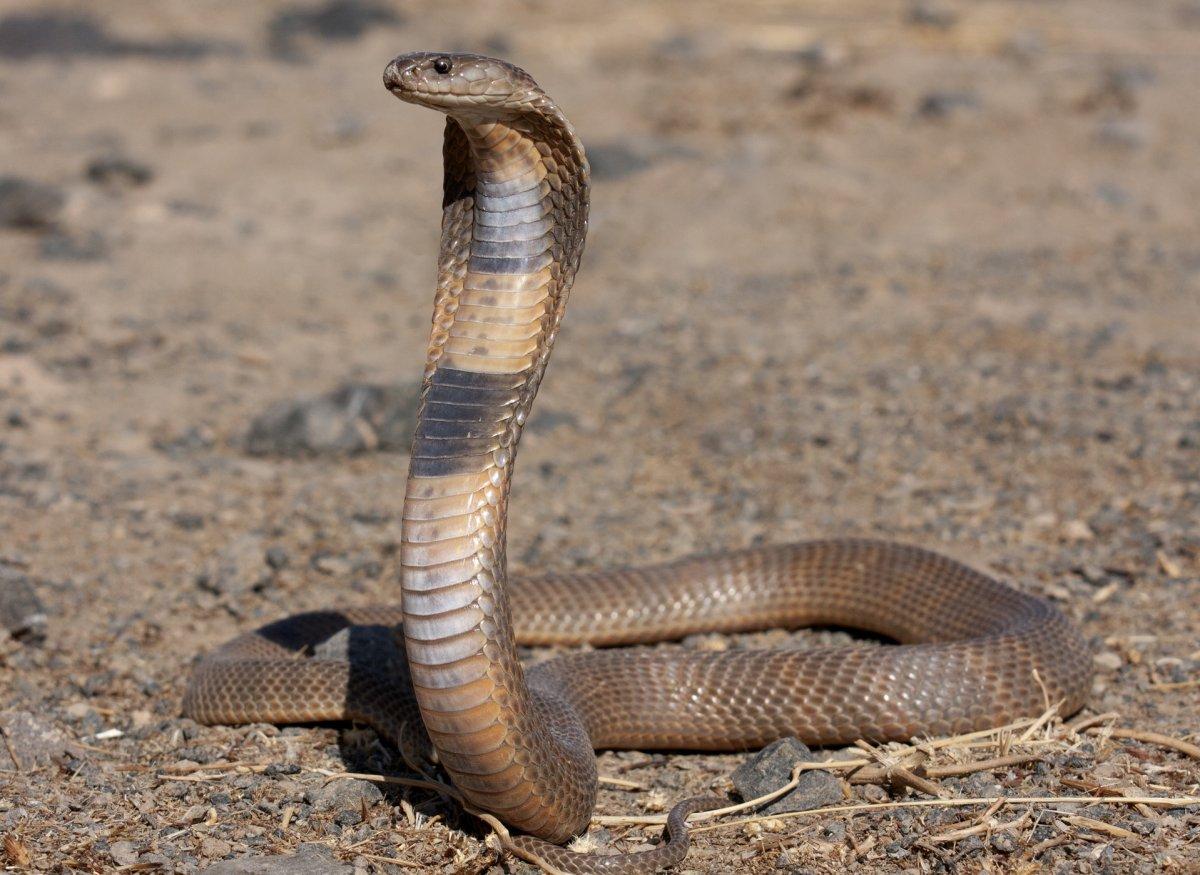
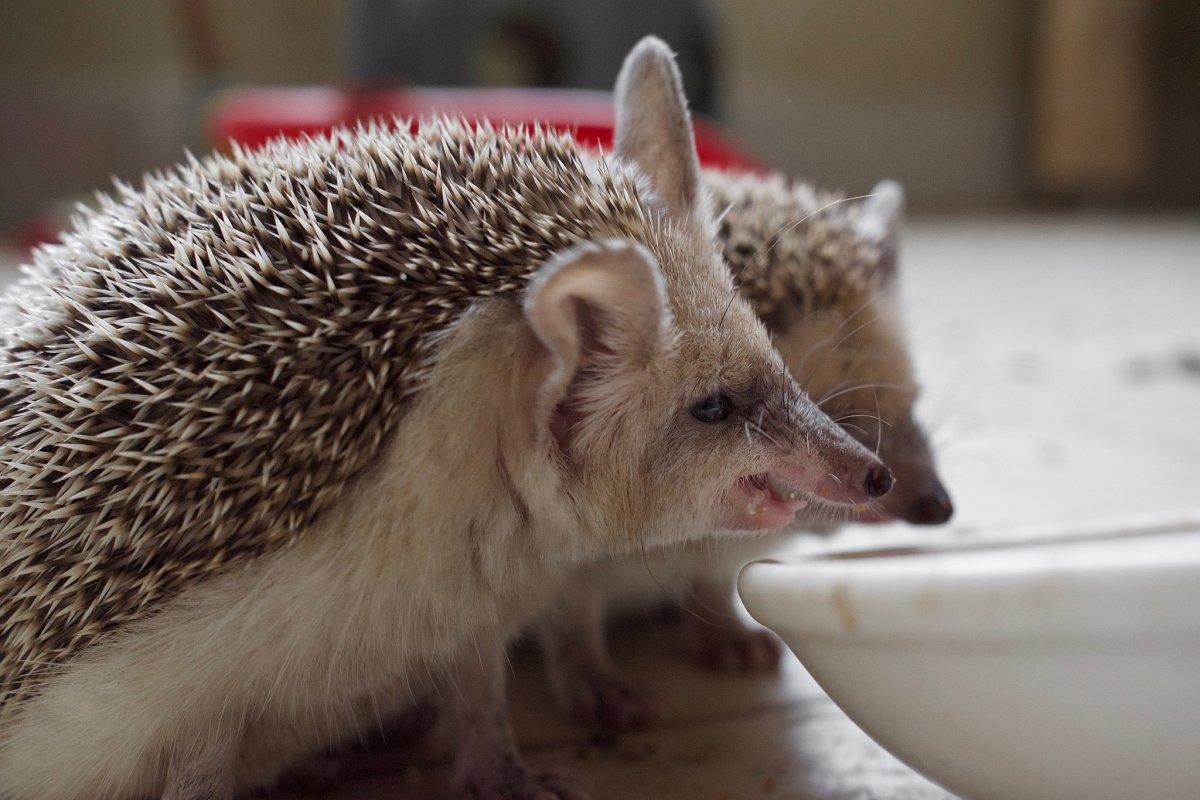

![13 Wild Animals in Ukraine [Wildlife in Ukraine]](https://www.kevmrc.com/wp-content/uploads/2022/09/13-wild-animals-in-ukraine.jpg)
![21 Wild Animals in Norway [Wildlife in Norway]](https://www.kevmrc.com/wp-content/uploads/2022/10/21-wild-animals-in-norway.jpg)
![20 Wild Animals in England [Wildlife in England]](https://www.kevmrc.com/wp-content/uploads/2022/10/20-wild-animals-in-england.jpg)